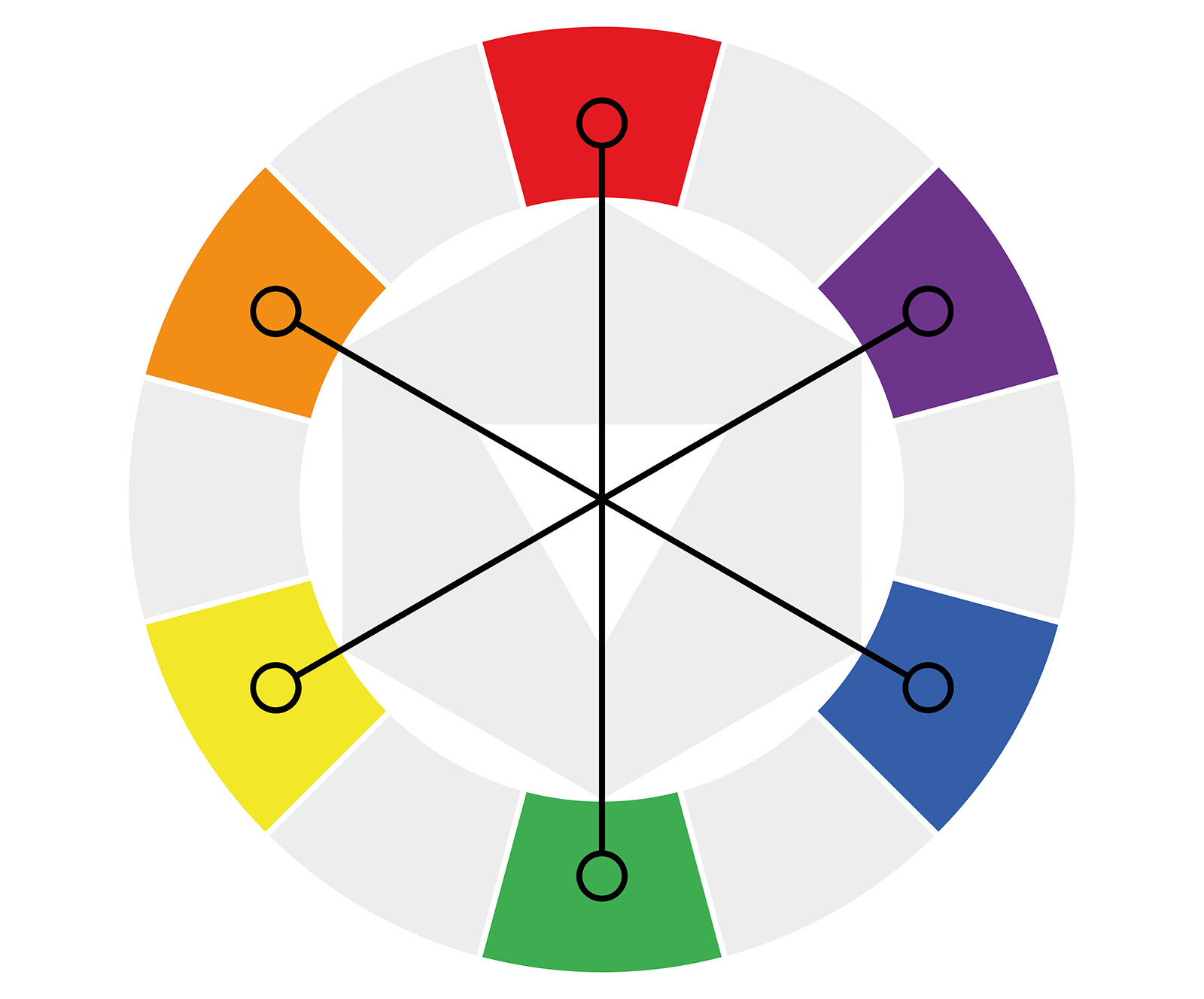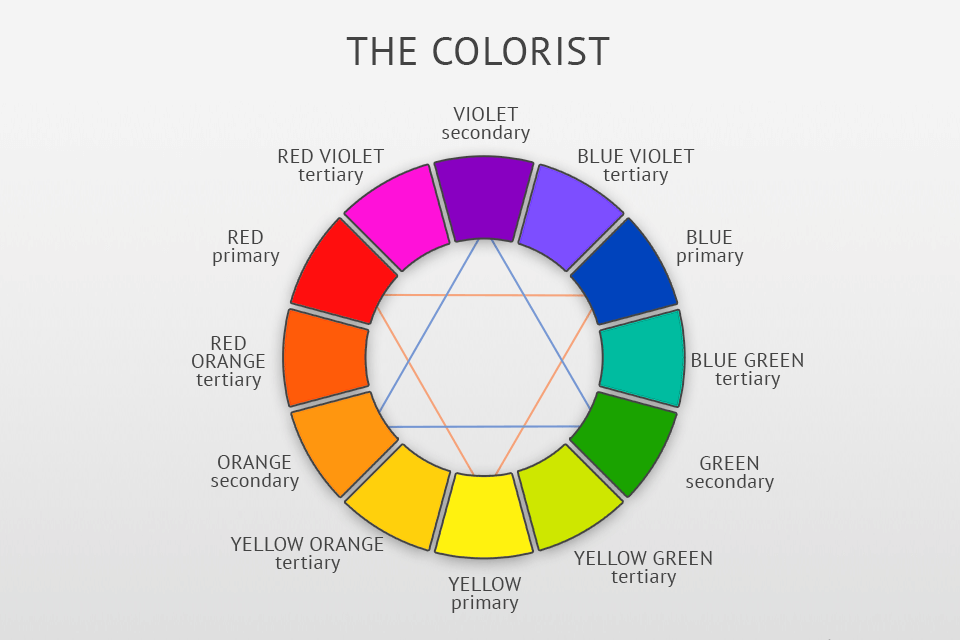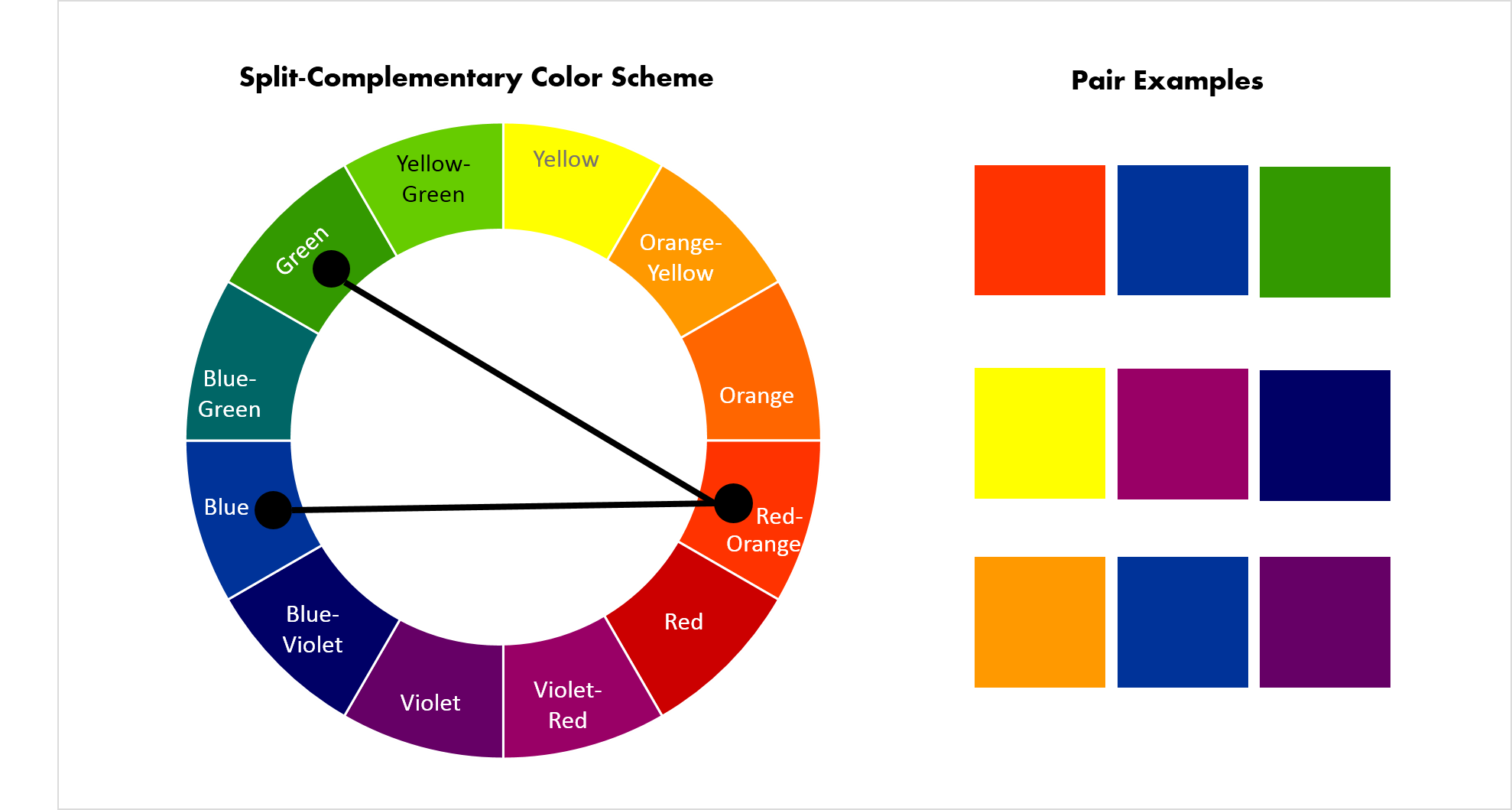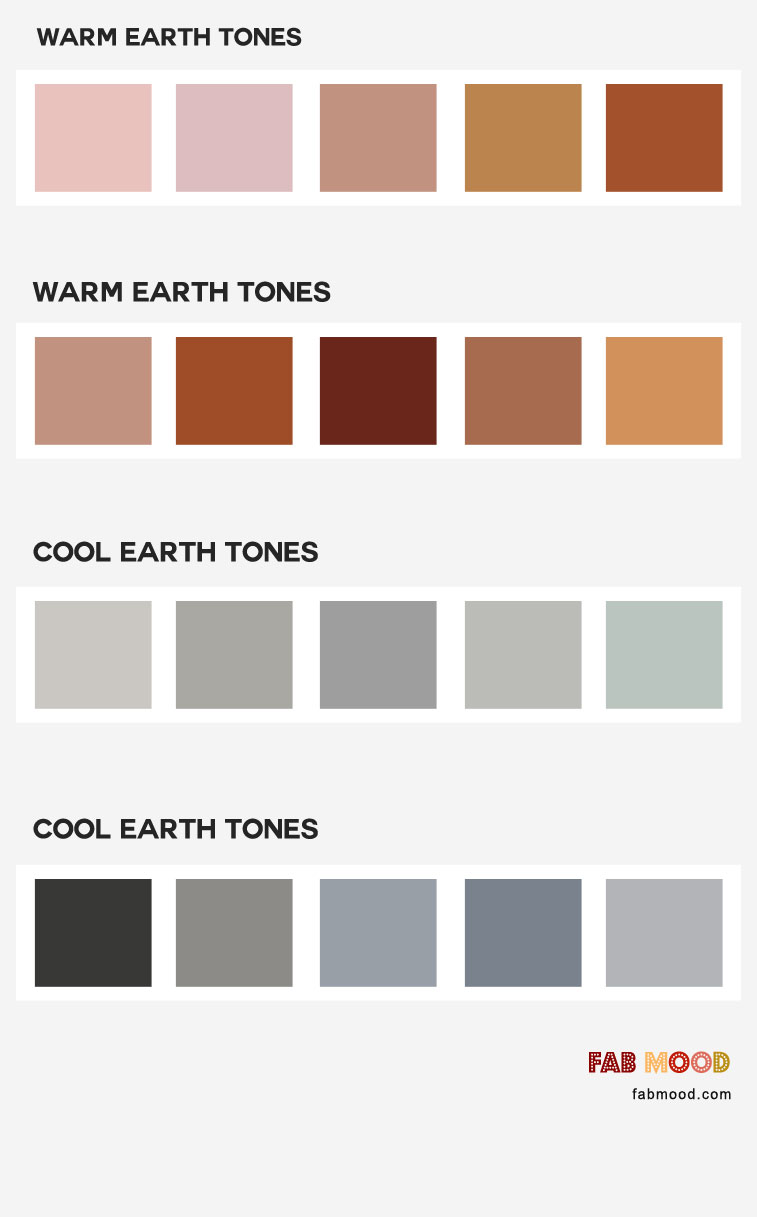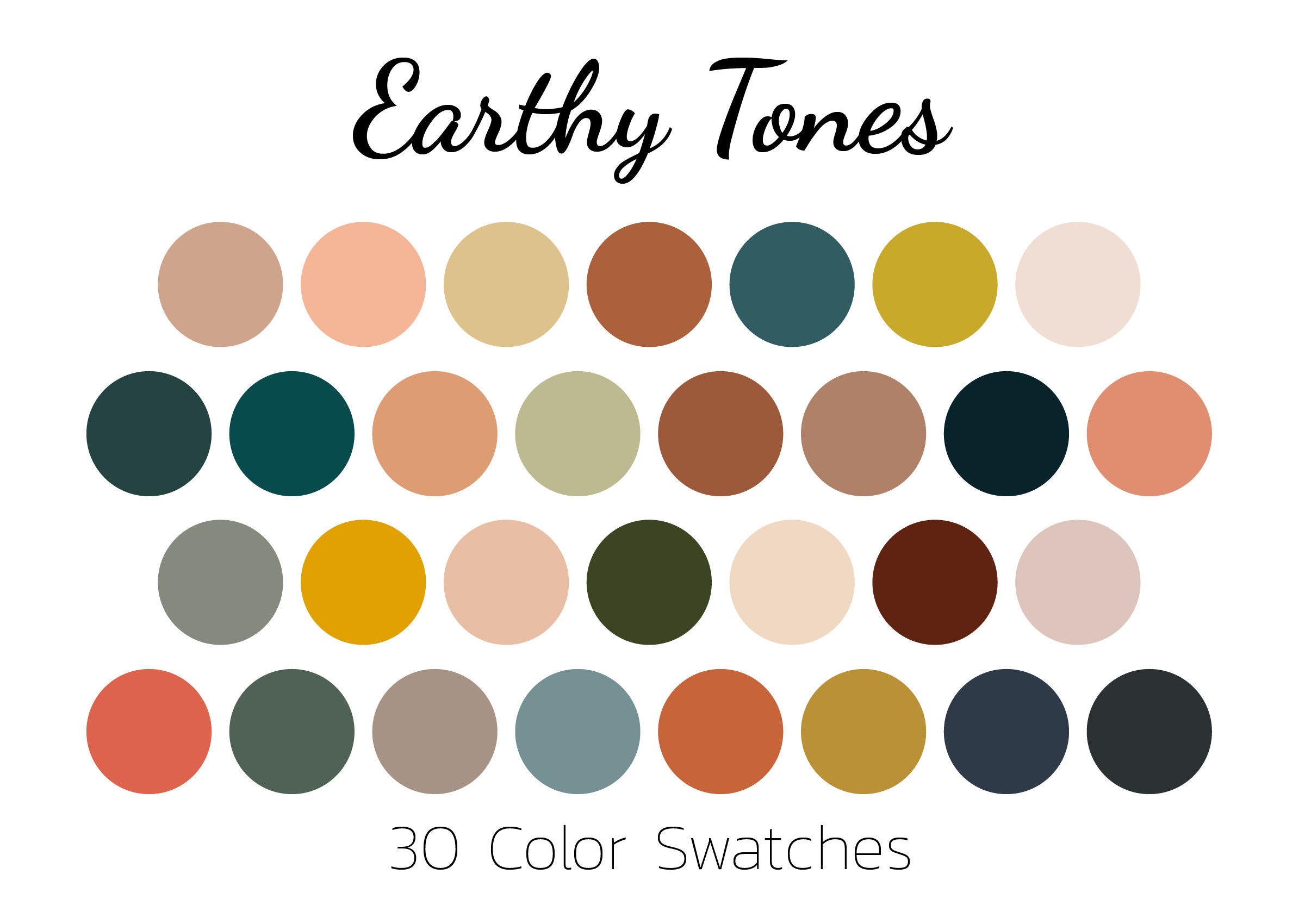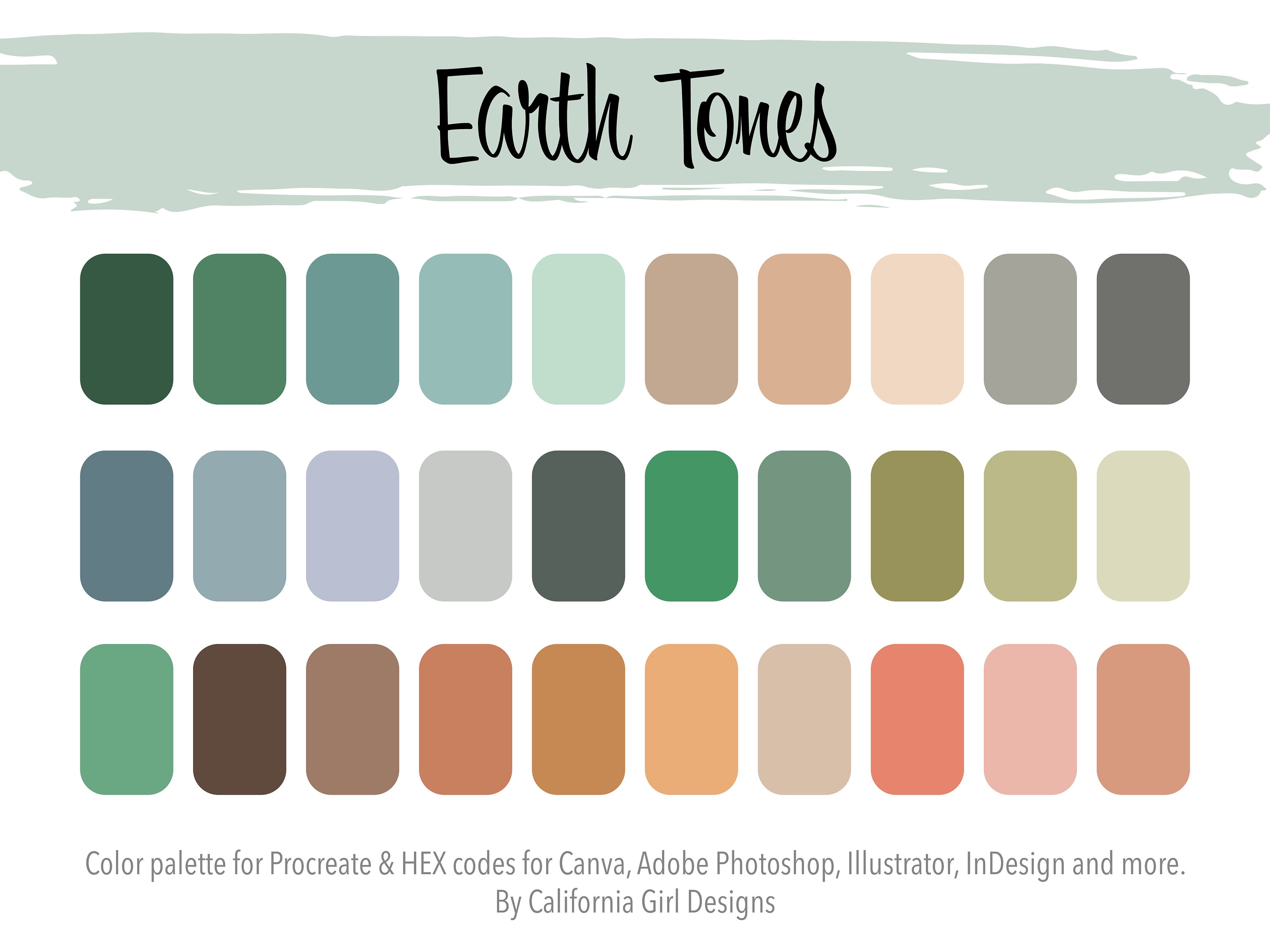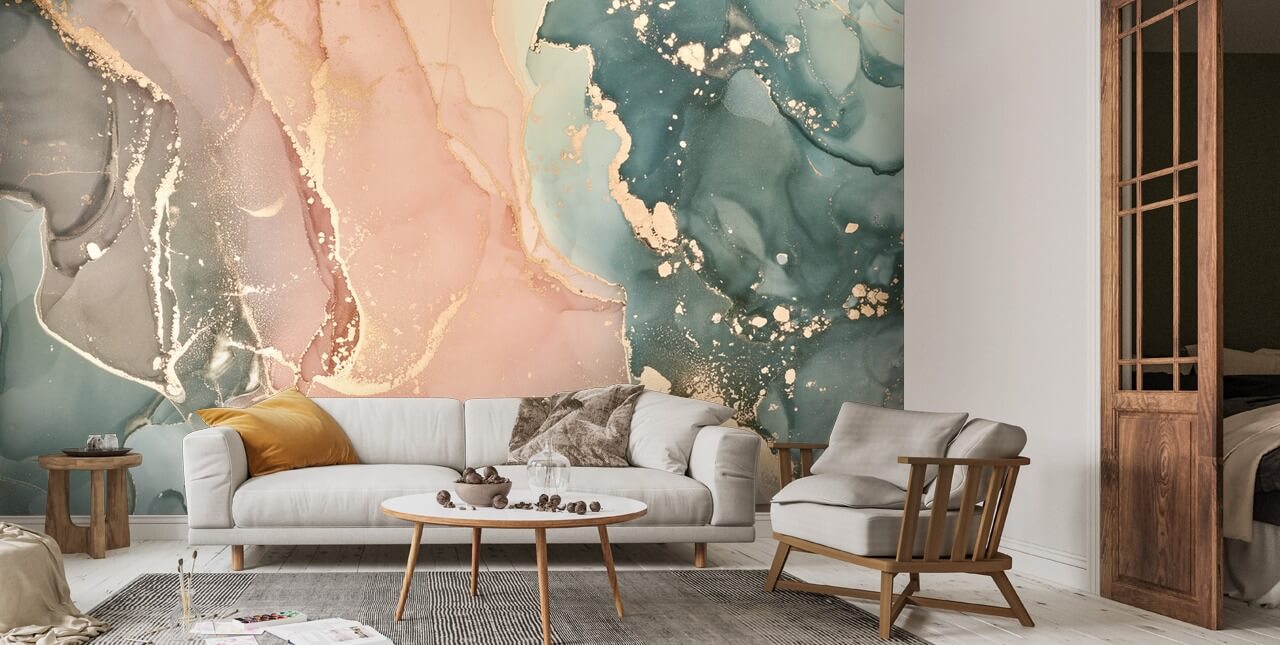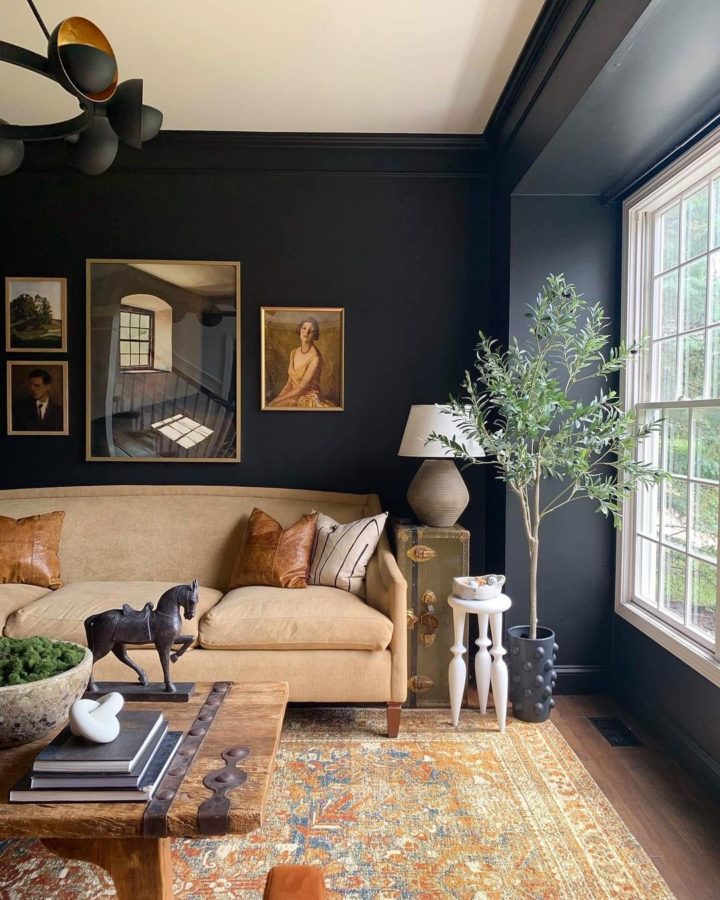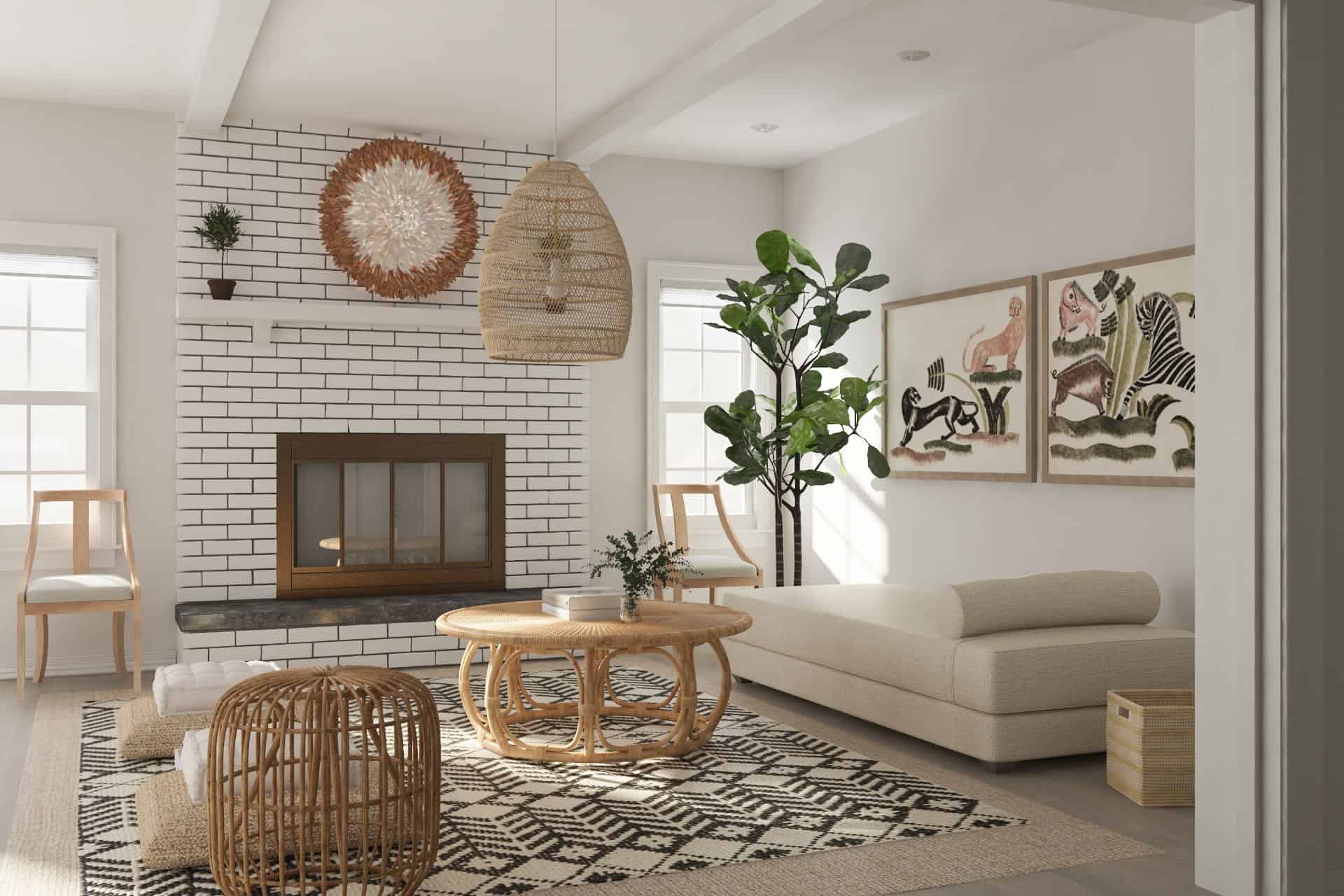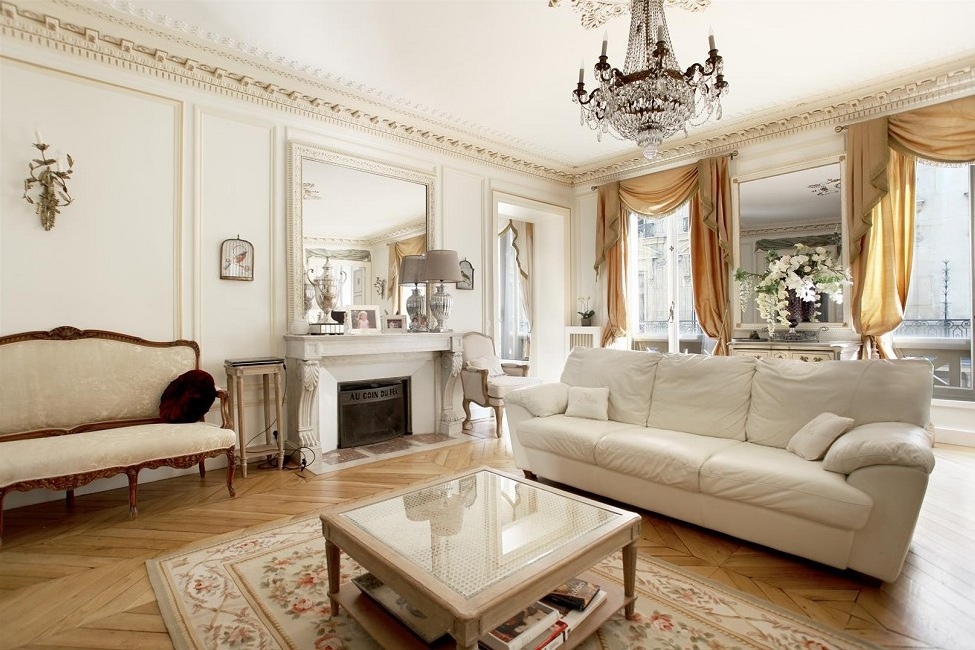Neutral colors are a popular choice for dining room and living room color combinations. These colors include shades of white, beige, gray, and taupe. They provide a clean, calm, and timeless look, making them perfect for any home design style. A neutral color scheme allows you to experiment with different furniture and decor without worrying about clashing colors. You can also add pops of color through accessories or artwork to add interest to the space.Neutral Color Scheme
If you want to create a warm and cozy atmosphere in your dining room and living room, consider using warm colors such as shades of red, orange, and yellow. These colors can evoke feelings of comfort and intimacy, making them perfect for family gatherings and entertaining guests. You can also incorporate warm colors through textiles, such as throw blankets and pillows, to add texture and depth to the room.Warm and Cozy
Contrasting colors can create a bold and dynamic look in your dining room and living room. This color combination involves using colors that are opposite each other on the color wheel, such as blue and orange or purple and yellow. The contrast between these colors creates a visually striking effect and can add a modern touch to your home. To balance out the boldness of the contrasting colors, you can incorporate neutral elements and textures into the room.Contrasting Colors
A monochromatic palette involves using different shades and tints of the same color in your dining room and living room. This creates a cohesive and harmonious look, while also adding depth and interest to the space. For example, you can use different shades of blue, from light sky blue to deep navy, to create a serene and elegant atmosphere. To prevent the room from feeling too monotonous, you can add pops of a contrasting color through accessories or accent pieces.Monochromatic Palette
Complementary colors are colors that are directly opposite each other on the color wheel, such as green and red or purple and yellow. These colors create a vibrant and energetic look when used together in a dining room and living room. To balance out the boldness of the complementary colors, you can use neutral elements and textures as a backdrop. You can also use one color as the main color and the other as an accent color to create a more subtle effect.Complementary Colors
Earth tones are colors inspired by nature, such as shades of brown, green, and terracotta. These colors create a warm and inviting atmosphere in your dining room and living room. They also pair well with natural materials, such as wood and stone, adding to the natural and cozy feel of the space. You can also incorporate plants and other natural elements to enhance the earthy vibe in the room.Earth Tones
For those who love a bold and bright look, consider using vibrant and saturated colors in your dining room and living room. This color combination works well in modern and eclectic designs, adding a fun and lively touch to the space. You can mix and match different bold colors, such as hot pink and electric blue, or stick to one dominant color and use other bright colors as accents.Bold and Bright
Pastel hues are soft and delicate colors, such as light pink, mint green, and baby blue. They create a calming and soothing atmosphere in your dining room and living room. Pastel colors are also versatile and can work well with different design styles, from traditional to modern. You can use pastel colors as the main color scheme or as accents to add a touch of sweetness to the space.Pastel Hues
Dark and dramatic colors, such as deep blue, emerald green, and charcoal gray, can add a sense of sophistication and elegance to your dining room and living room. These colors create a moody and intimate atmosphere, perfect for intimate dinners or cozy nights in. To balance out the darkness of these colors, you can use lighter elements, such as white curtains or a light-colored rug, to create contrast.Dark and Dramatic
A light and airy color combination involves using light and neutral colors, such as shades of white, cream, and light gray. This creates a bright and open atmosphere in your dining room and living room, making the space feel more spacious and inviting. You can also incorporate natural elements, such as wood and rattan, to add warmth and texture to the room.Light and Airy
Create a Cohesive and Inviting Space with Dining Room Living Room Color Combinations

How to Choose the Perfect Color Combination
/Neutrallivingroom-GettyImages-568518365-5a6260a87d4be80036ac6b0c.jpg) When it comes to designing your home, the
dining room
and
living room
are two of the most important spaces. These rooms are where you gather with family and friends, entertain guests, and relax after a long day. Therefore, it's crucial to create a cohesive and inviting space with the right
color combinations
. But with so many colors and shades to choose from, how do you know which ones will work best together? Here are some tips to help you make the perfect choice.
When it comes to designing your home, the
dining room
and
living room
are two of the most important spaces. These rooms are where you gather with family and friends, entertain guests, and relax after a long day. Therefore, it's crucial to create a cohesive and inviting space with the right
color combinations
. But with so many colors and shades to choose from, how do you know which ones will work best together? Here are some tips to help you make the perfect choice.
Consider the Function of Each Room
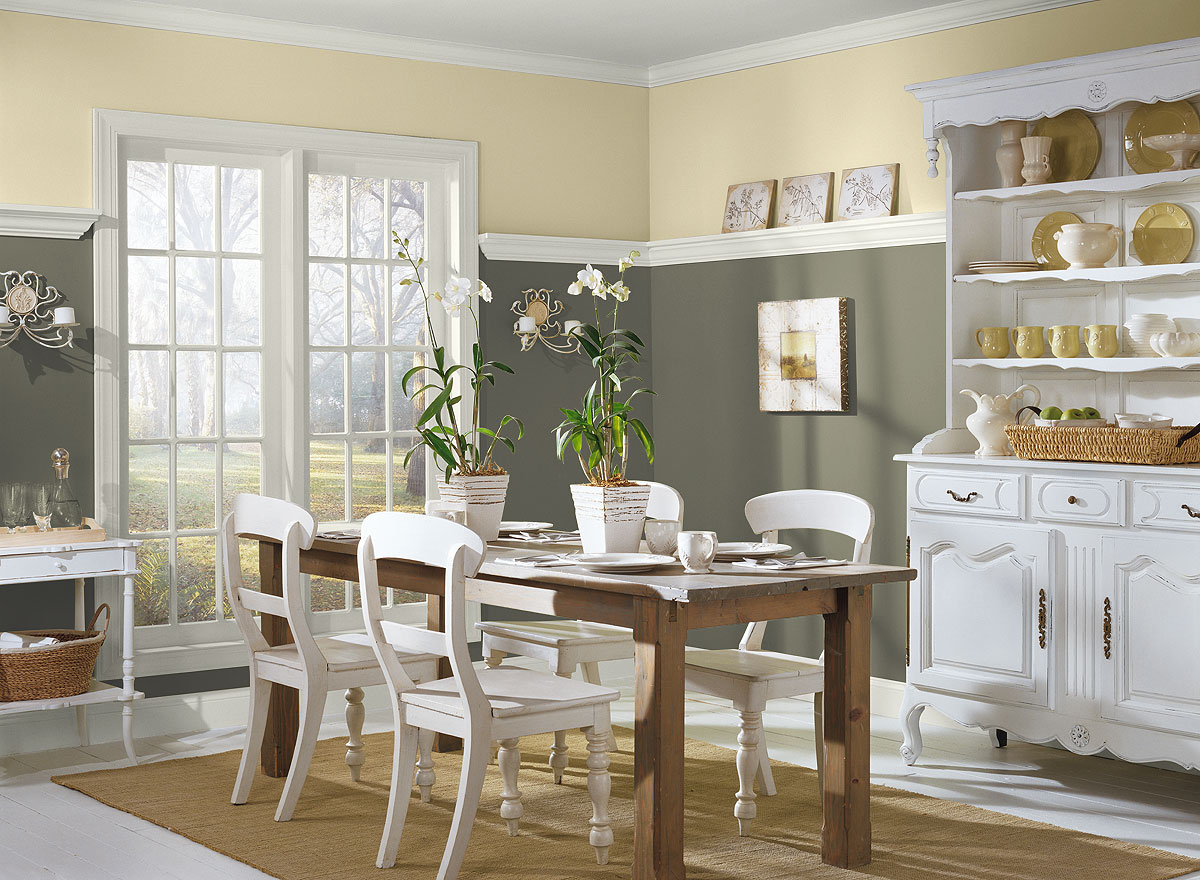 Before deciding on a color scheme, it's essential to consider the
function
of each room. The
dining room
is usually a more formal space, used for special occasions and gatherings. On the other hand, the
living room
is where you and your family spend most of your time, making it more of a
relaxed
and
casual
space. Thus, the
color combinations
you choose should reflect the
mood
and
purpose
of each room.
Before deciding on a color scheme, it's essential to consider the
function
of each room. The
dining room
is usually a more formal space, used for special occasions and gatherings. On the other hand, the
living room
is where you and your family spend most of your time, making it more of a
relaxed
and
casual
space. Thus, the
color combinations
you choose should reflect the
mood
and
purpose
of each room.
Use a Neutral Base
 A great way to create a cohesive and harmonious look in your dining room and living room is to use a
neutral
base color. Colors such as white, beige, and gray are excellent options for this. They provide a clean and versatile canvas for you to build upon. You can then add pops of color through accent pieces and accessories to add personality and interest to the space.
A great way to create a cohesive and harmonious look in your dining room and living room is to use a
neutral
base color. Colors such as white, beige, and gray are excellent options for this. They provide a clean and versatile canvas for you to build upon. You can then add pops of color through accent pieces and accessories to add personality and interest to the space.
Play with Contrasting Colors
 One of the most effective ways to create a visually appealing space is to use
contrasting
colors in your dining room and living room. For example, if your dining room has a neutral base color, you can use a bold and vibrant color, such as
dark blue
or
emerald green
, for your living room. This adds a touch of drama and makes the space more dynamic. Just be sure to choose colors that complement each other and don't clash.
One of the most effective ways to create a visually appealing space is to use
contrasting
colors in your dining room and living room. For example, if your dining room has a neutral base color, you can use a bold and vibrant color, such as
dark blue
or
emerald green
, for your living room. This adds a touch of drama and makes the space more dynamic. Just be sure to choose colors that complement each other and don't clash.
Add Warmth with Earth Tones
/169789002-58a723d63df78c345b930ec6.jpg) If you want to create a cozy and inviting atmosphere in your dining room and living room, consider using
earth tones
. Shades of brown, green, and orange can add a
warm
and
inviting
feel to the space. You can incorporate these colors through furniture, curtains, rugs, and other decor pieces.
If you want to create a cozy and inviting atmosphere in your dining room and living room, consider using
earth tones
. Shades of brown, green, and orange can add a
warm
and
inviting
feel to the space. You can incorporate these colors through furniture, curtains, rugs, and other decor pieces.
Opt for a Monochromatic Look
 For a more
subtle
and
cohesive
look, you can choose a
monochromatic
color scheme for your dining room and living room. This means using different shades and tints of the same color throughout the space. For example, if you choose
light blue
as your base color, you can use
navy blue
for accents in your dining room and
powder blue
in your living room. This creates a harmonious and elegant look.
In conclusion, choosing the right
color combinations
for your dining room and living room is essential to create a cohesive and inviting space. By considering the function of each room, using a neutral base, playing with contrasting colors, adding warmth with earth tones, or opting for a monochromatic look, you can create a beautiful and harmonious environment that reflects your personal style and taste. So go ahead and experiment with different colors to find the perfect combination for your home.
For a more
subtle
and
cohesive
look, you can choose a
monochromatic
color scheme for your dining room and living room. This means using different shades and tints of the same color throughout the space. For example, if you choose
light blue
as your base color, you can use
navy blue
for accents in your dining room and
powder blue
in your living room. This creates a harmonious and elegant look.
In conclusion, choosing the right
color combinations
for your dining room and living room is essential to create a cohesive and inviting space. By considering the function of each room, using a neutral base, playing with contrasting colors, adding warmth with earth tones, or opting for a monochromatic look, you can create a beautiful and harmonious environment that reflects your personal style and taste. So go ahead and experiment with different colors to find the perfect combination for your home.

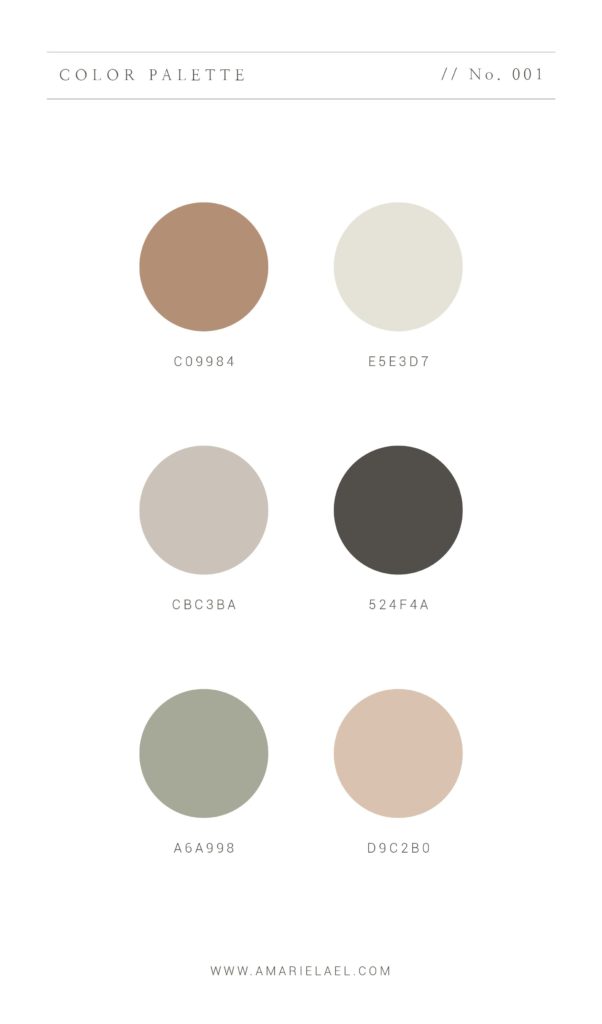

:max_bytes(150000):strip_icc()/what-is-a-neutral-color-1973822-03-3fab8b5a361d49638d3de1cbaf579a22.jpg)
/MyDomaine_ColorPalette-Neutral-2-3590678b1c9143e28dd6b536f0a1e008.jpg)
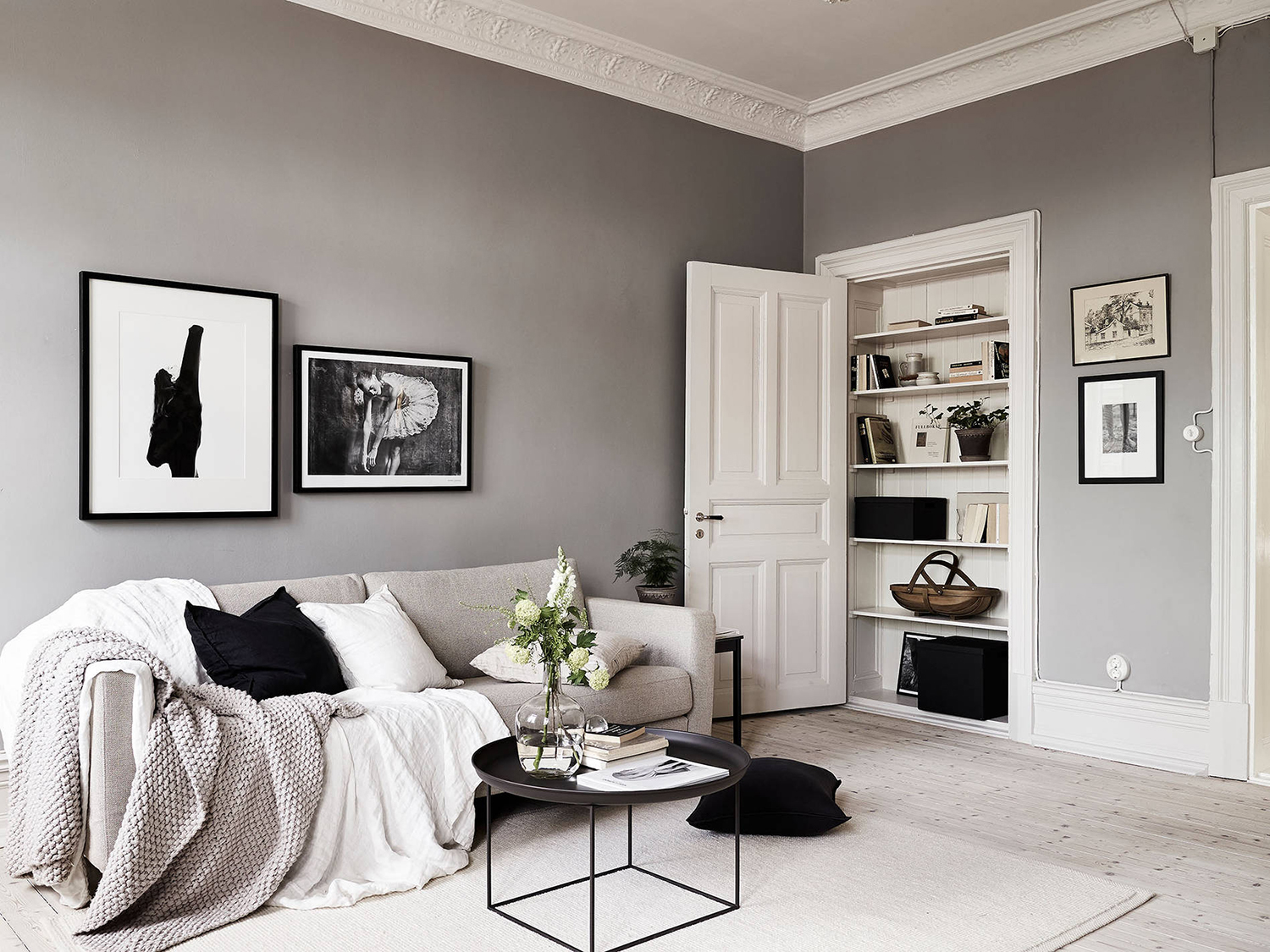
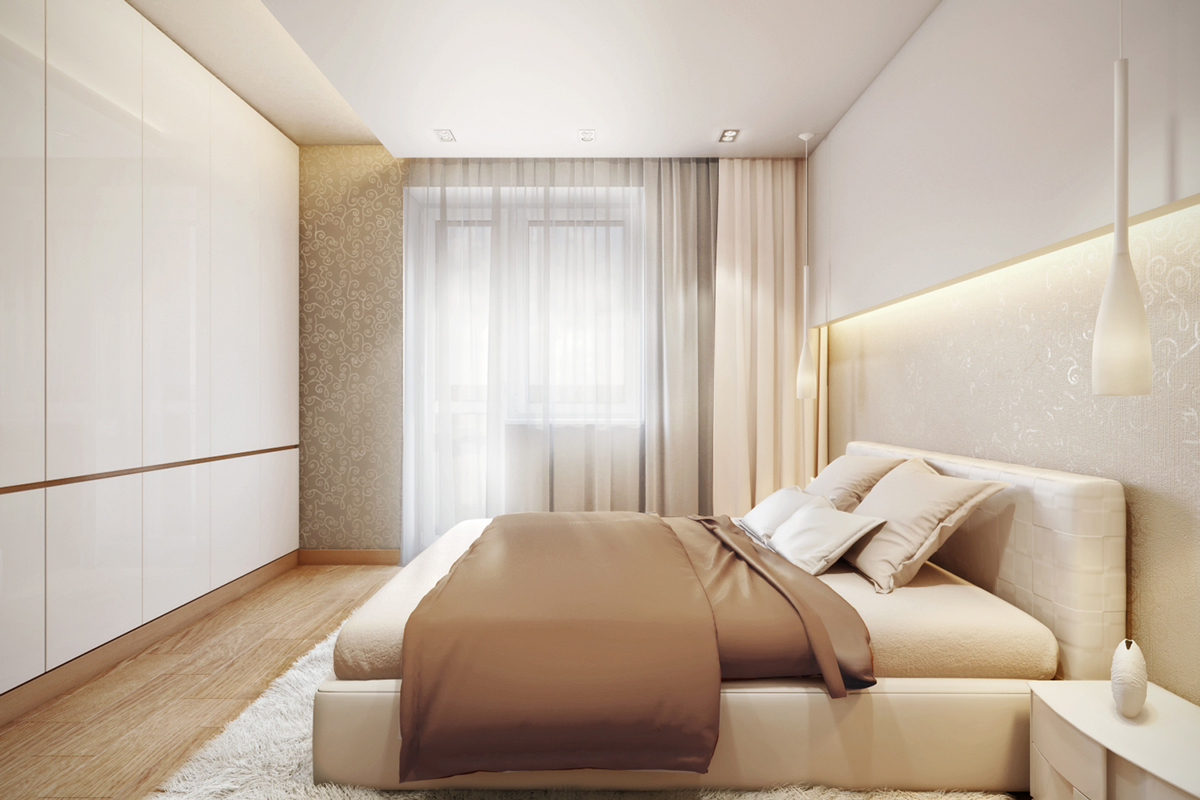

/neutral-color-scheme-CK-Garden-Stone-57e59bc15f9b586c35f4d16b.png)

/Lee-Edwards-Getty-Images-56a5ae653df78cf7728968ec.jpg)
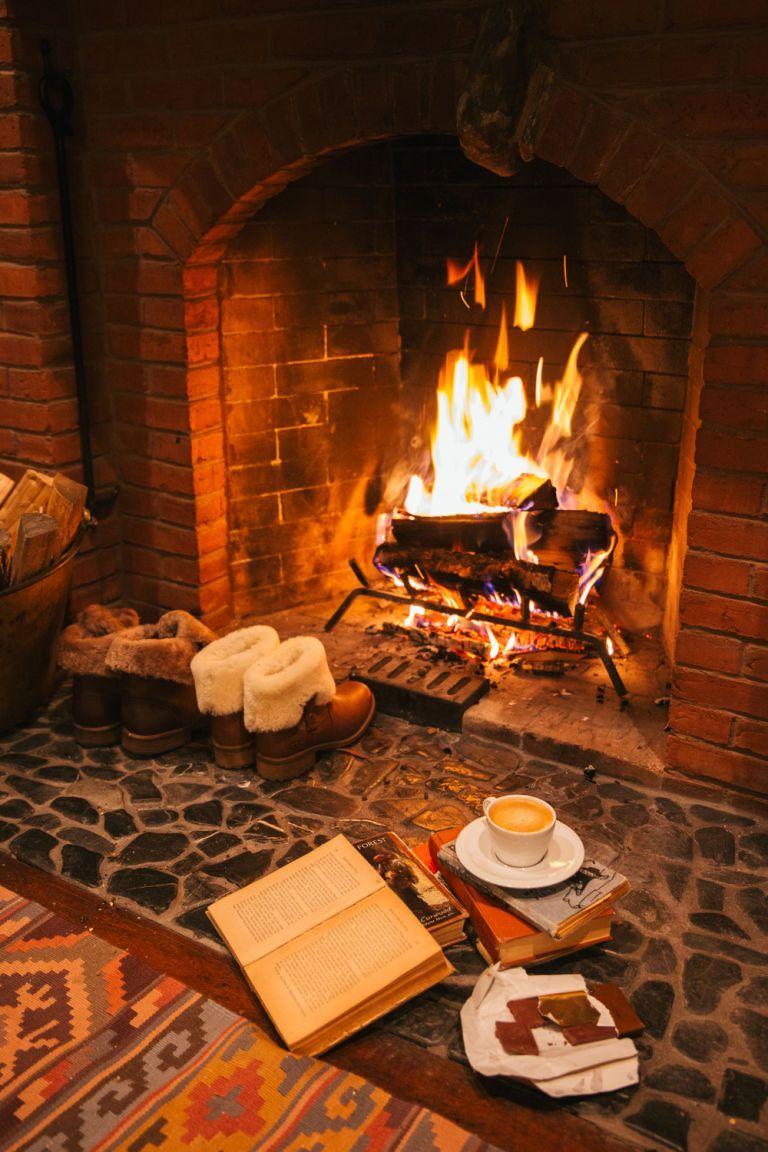






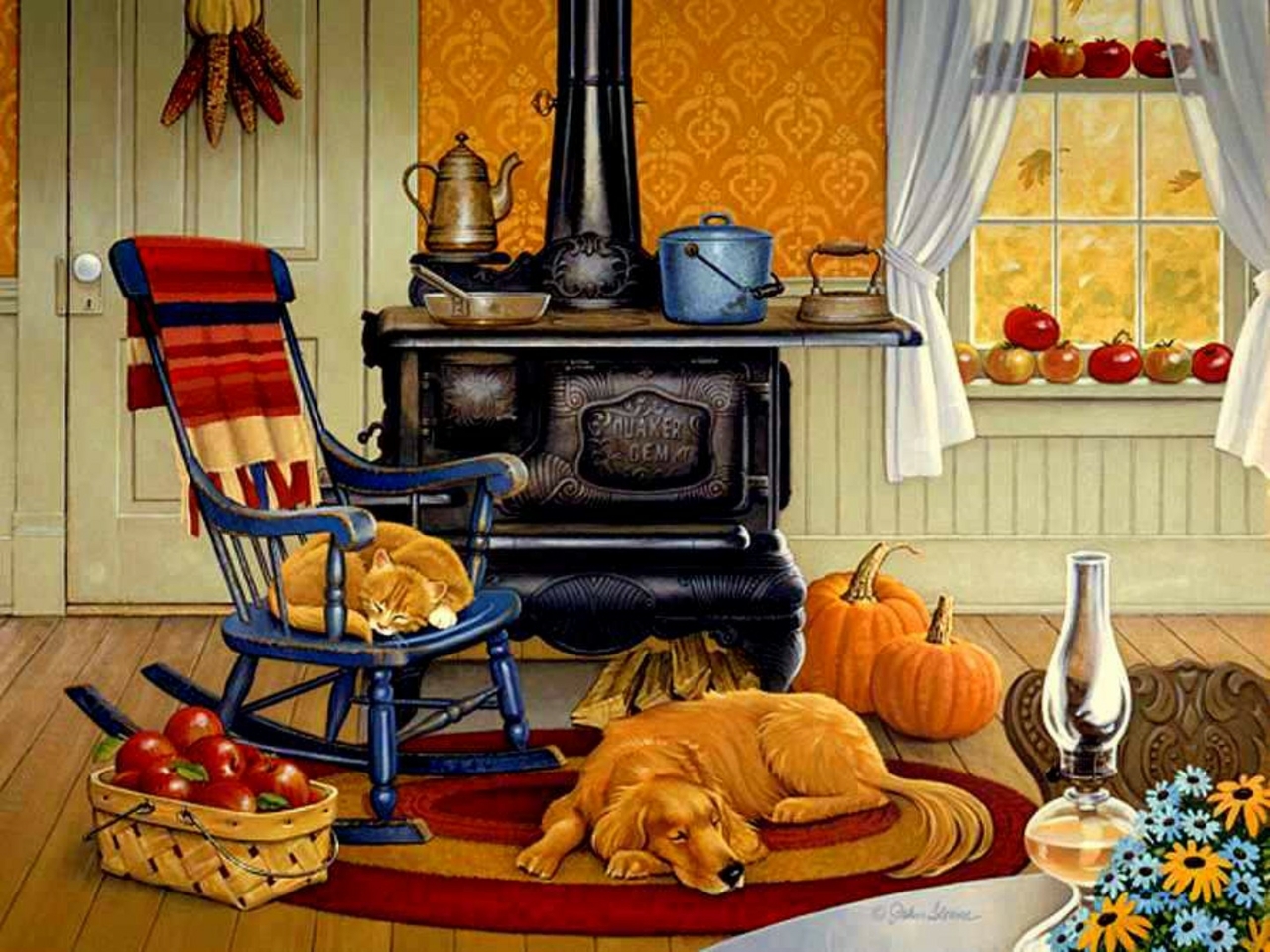


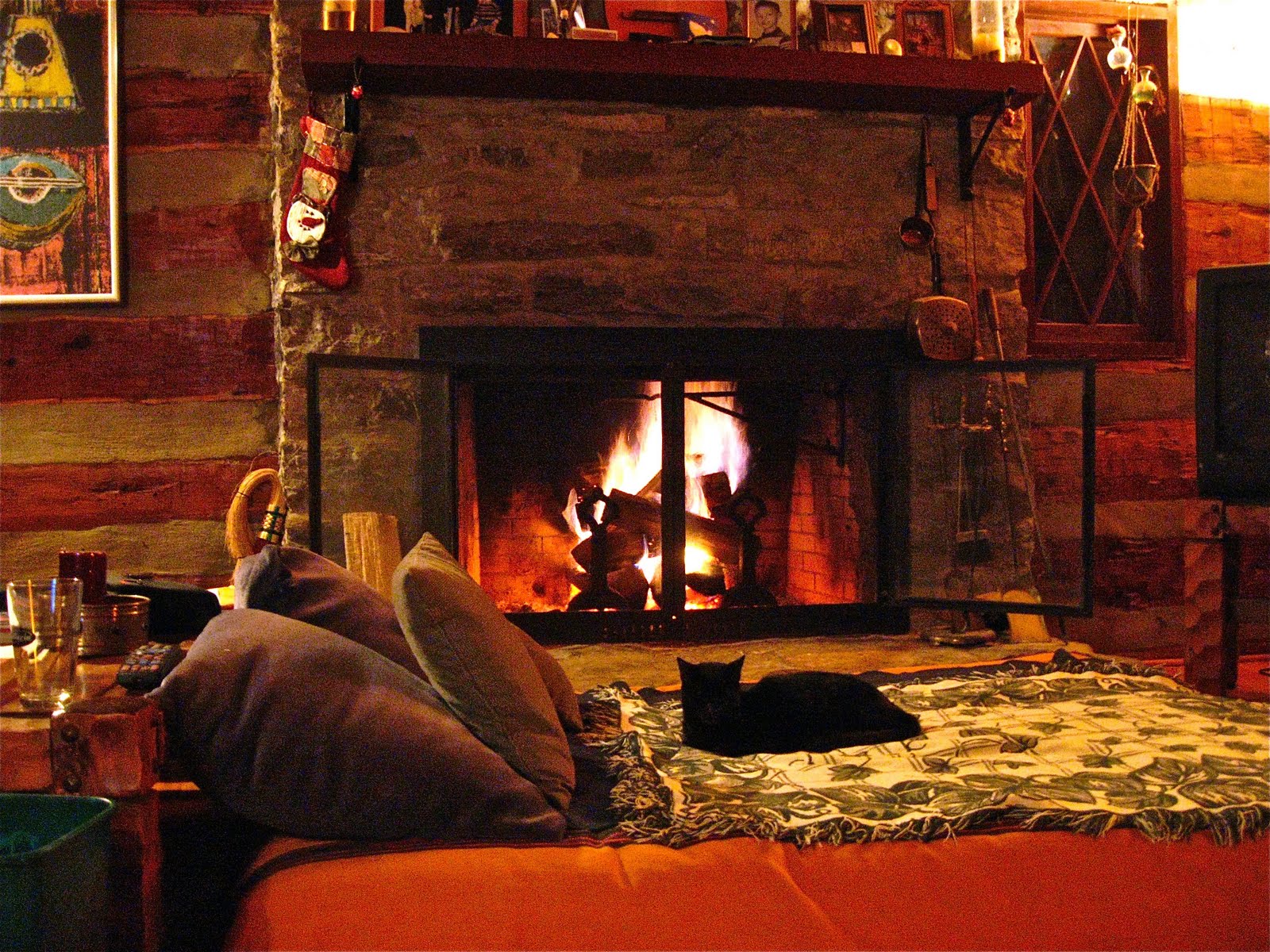

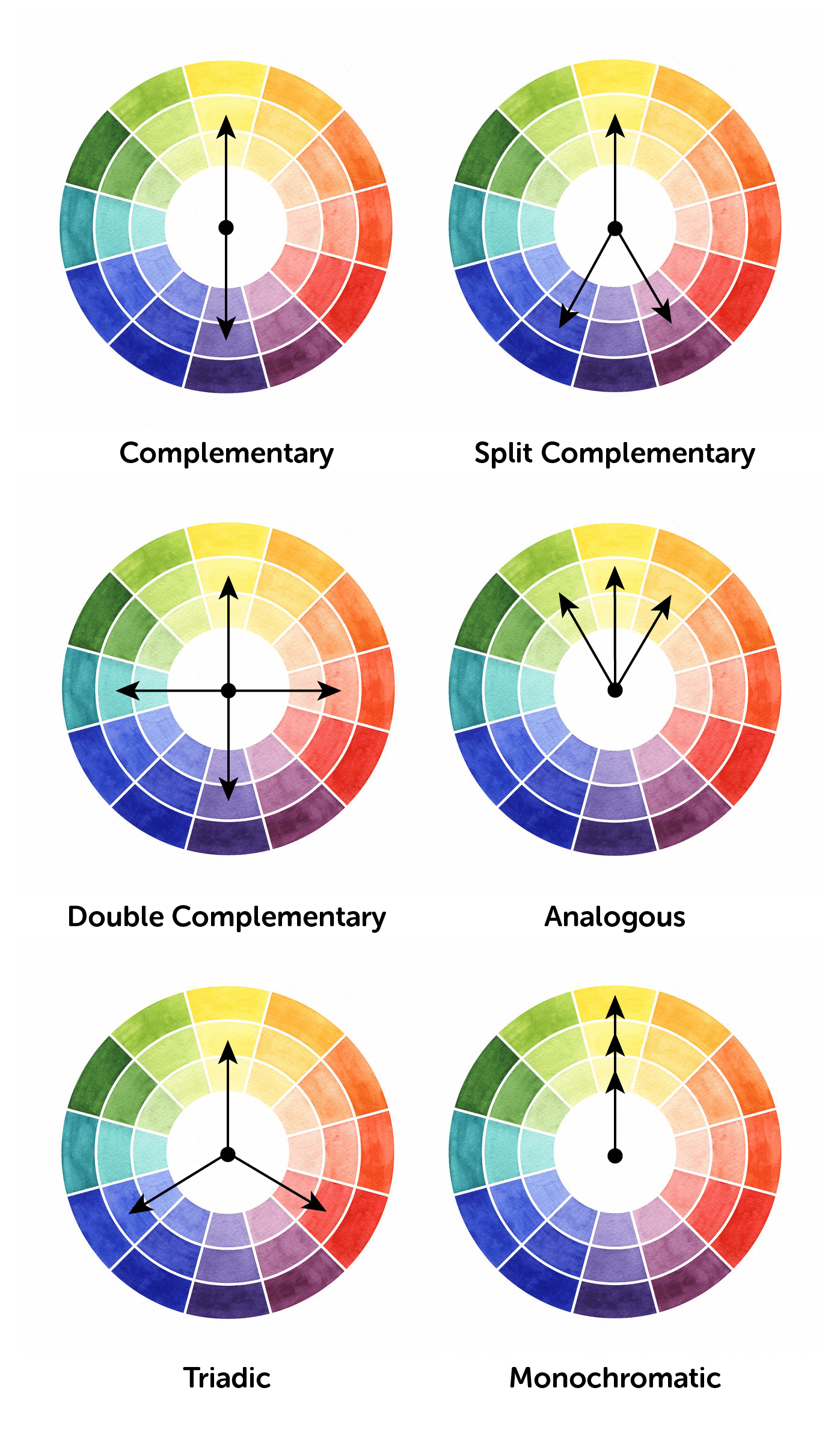


/Color-Contrast-Chart-59091b973df78c9283e31928.jpg)



/Colorwheel-58d0206f3df78c3c4f45653b.jpg)
















:max_bytes(150000):strip_icc()/Lista_complementarios-56a6e6cb3df78cf77290d98b.png)




